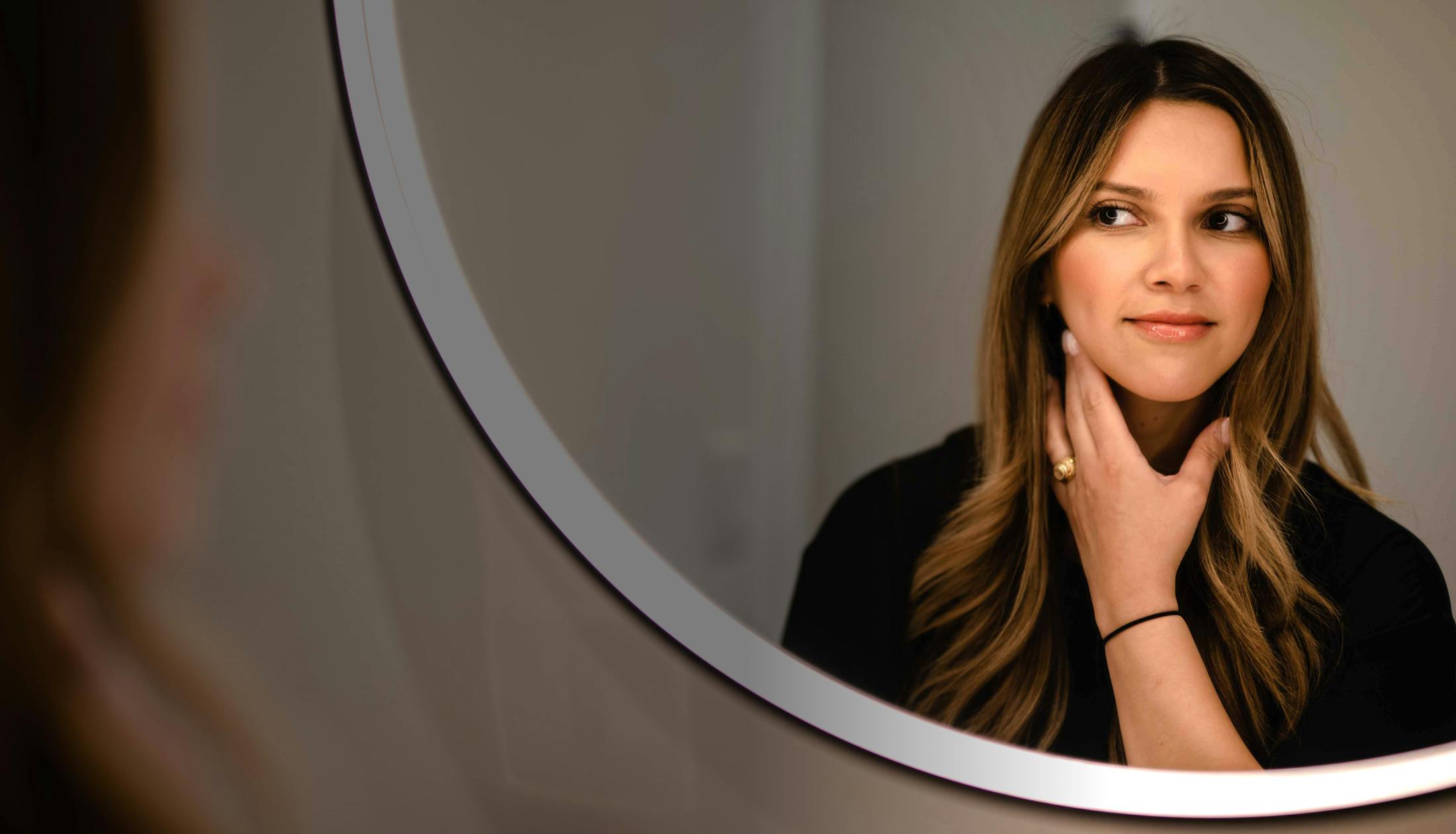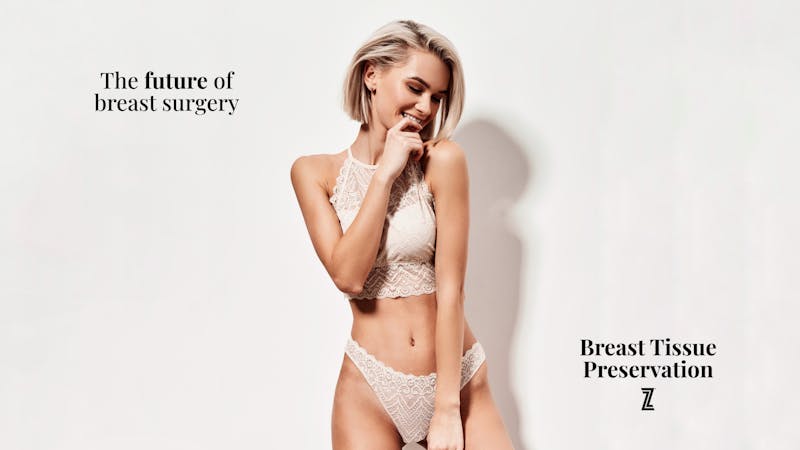
Recently, Allure published a compelling article titled “A Kinder, Gentler Boob Job May Be Upon Us,” introducing a breast augmentation technique called Motiva Preservé (also known as Breast Tissue Preservation). The piece has sparked conversation across the plastic surgery world, and here at The Piazza Center, we’re excited to say: we’re already offering Motiva Preservé, and we’re seeing many of the same trends and advantages that Allure describes.
In this post, we’ll walk you through what Allure got right (and what they misunderstood), why the excitement is real, and what it means if you’re considering augmentation.
What the Allure Article Gets Right
1. A shift in paradigm: preservation over disruption
Allure correctly frames Preservé as more than just another incremental technique. The focus on protecting ligaments, nerves, and blood supply—rather than indiscriminately cutting or burning tissue—is a major change in how surgeons approach breast augmentation. We see that same philosophy in our outcomes: when we preserve anatomy, patients often recover more comfortably and with fewer unwanted effects.
2. Smaller incisions, cleaner pockets
The article mentions that Motiva Preservé uses an approximately 2.5 cm incision hidden in the breast fold – about 20 to 40% shorter than many traditional incisions. Combined with tools like a balloon expansion method, the result is less blunt trauma and more controlled pocket creation. In our experience, those smaller incisions heal well, remain discreet, and lead to better cosmetic appearance over time.
View this post on Instagram
3. Selective volume, better placement
One of the most intriguing parts of the Allure article is how surgeons are intentionally using narrower implants and placing volume only where it matters – rather than trying to “fill” the entire breast. In practice, this can produce a natural, flattering shape using less implant volume overall, with less strain on tissues. We’re already seeing patients at The Piazza Center choose more modest implant sizes and still achieve excellent projection and cleavage.
View this post on Instagram
4. Early adopters trained in Costa Rica
Allure reports that over the summer, 36 U.S. plastic surgeons traveled to Motiva’s Costa Rica headquarters to observe and perform the Motiva Preservé procedure under the mentorship of Dr. Manuel Chacón Quirós, MD. We’re proud to say Dr. Piazza was one of those select surgeons, giving him early access to training and experience with this technique. That means our patients benefit from this advanced method right here in Austin.
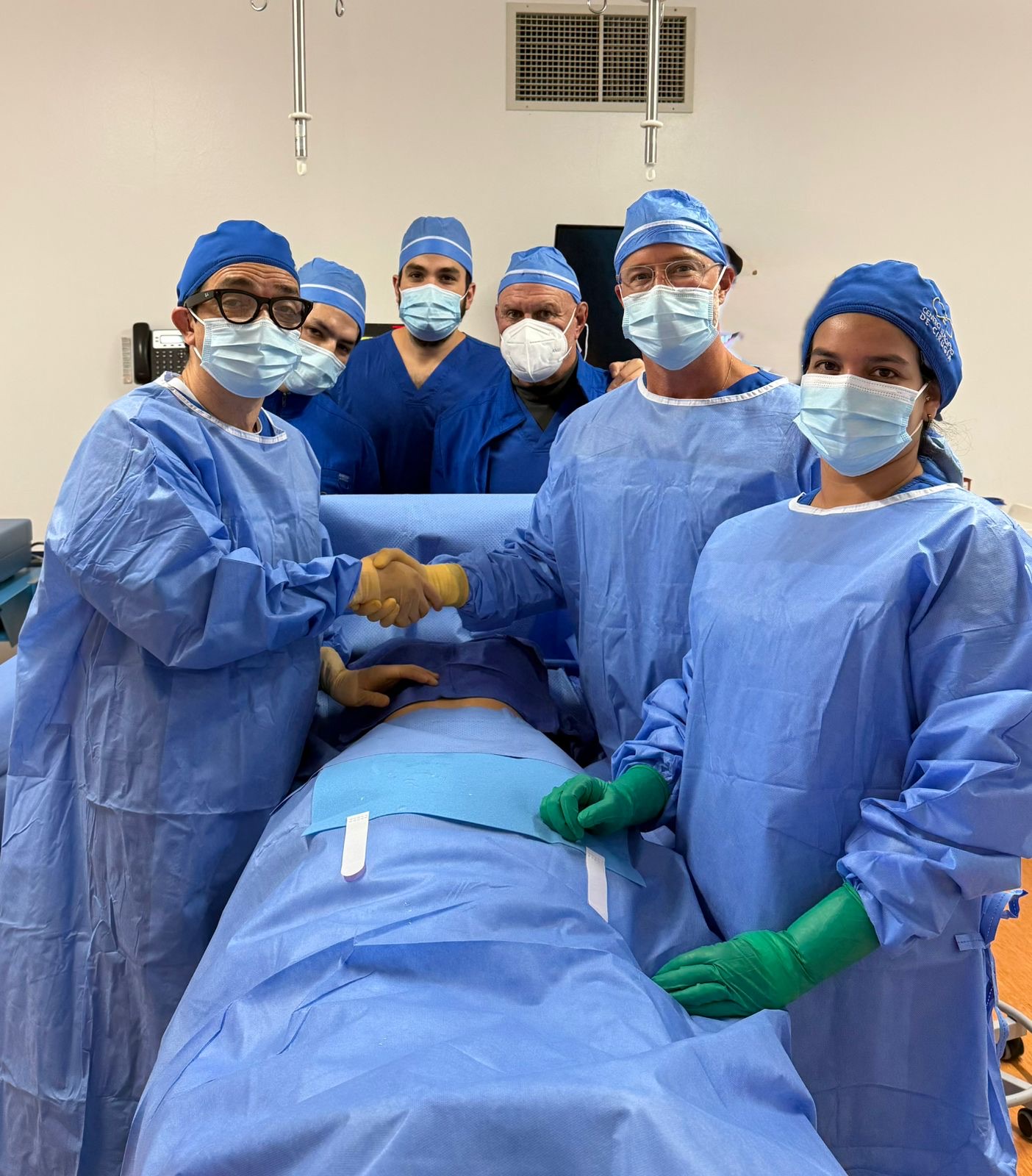
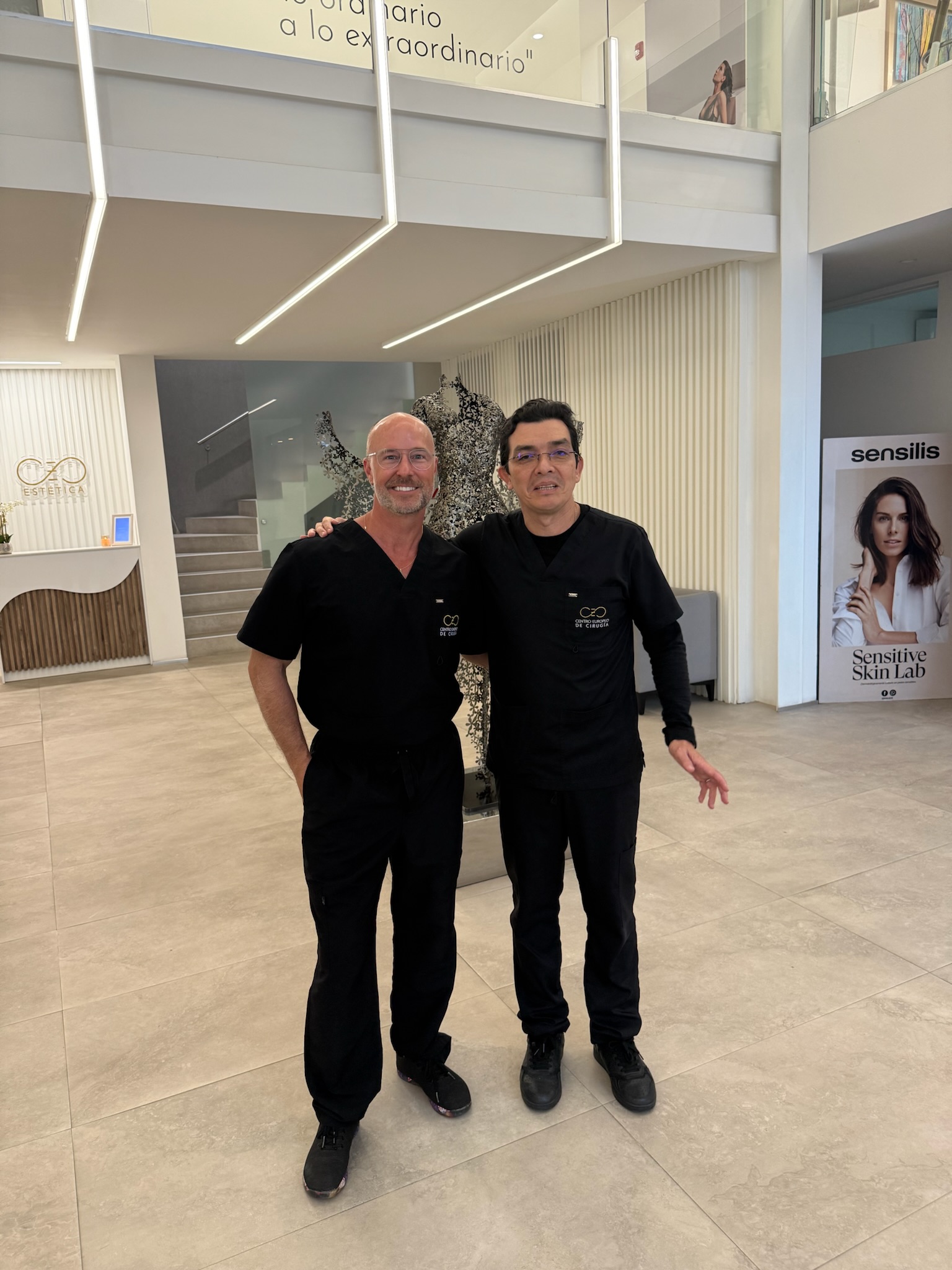
Clarifying a Key Misconception: These Devices Are Not Shaped Implants
Allure makes a statement that could generate confusion: it describes the Motiva Preservé approach as using “teardrop-shaped” implants. In reality, the devices used are round implants – but with progressive (Ultima) gel properties that allow them to behave in a teardrop form when the patient is upright.
Because the gel is engineered to adapt, the implant rests more naturally with fuller upper pole shape and gentle tapering beneath, giving the illusion of a teardrop aesthetic without the structural drawbacks of traditional anatomicals (which often rotate, leak, or feel rigid). In our hands, this design gives patients the best of both worlds: a reliably round implant with the graceful contour favored in teardrop styles.
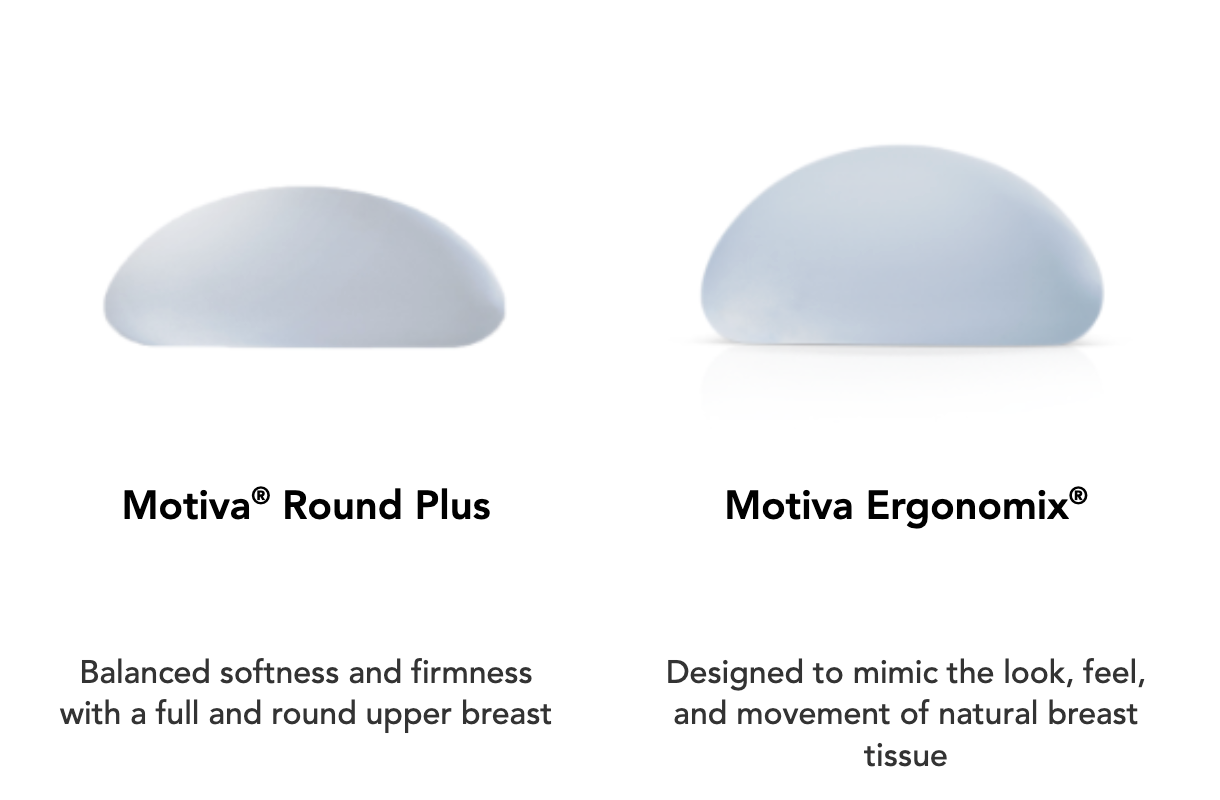
We make sure every patient understands this distinction: these aren’t “shaped” devices in the mechanical sense, but their material properties produce that desirable shape dynamically.
Why We’re Excited and What We’re Already Seeing
At The Piazza Center, innovation isn’t something we observe; it’s something we lead. Dr. Rocco Piazza has been incredibly passionate about this technique from the start, recognizing its potential to redefine the breast augmentation experience for patients.
This isn’t just a shift in technique, it’s a shift in philosophy. By prioritizing tissue preservation, smaller incisions, and more elegant shaping, Dr. Piazza is helping patients experience:
- Faster, gentler recovery: Because tissues are less traumatized, many of our Preservé patients require only over-the-counter pain relief. Swelling and bruising are reduced.
- Well-concealed scarring: The smaller, strategically placed incision is healing beautifully in many cases—as predicted in the Allure piece.
- Natural, elegant shaping: We’re helping patients achieve that “just right” fullness—especially in the upper pole—without needing to oversize implants.
- Preserved sensation and tissue integrity: By protecting nerves and ligaments, we’re seeing outcomes where patients retain better sensitivity and structural support over time.
What Allure Cautions to Watch
Of course, no technique is without caveats, and Allure responsibly points them out:
- Long-term data is limited: The procedure is new, so comprehensive, 10+ year outcome data isn’t yet available. Allure cites that Motiva is collecting prospective data, but much is still under review.
- Not for every patient: Motiva Preservé is ideal for first-time augmentations and modest volume increases. Patients needing dramatic changes, major revisions, or very thin tissue might still fare better with traditional approaches.
- “Minimally invasive” hype vs nuance: Some critics quoted in Allure warn that marketing claims about awake surgery or ultra-fast recovery could be tempting to misuse. Surgeons must remain discerning in patient selection and technique application.
We share these cautions openly with our patients. Innovation is exciting, but it must always be paired with realism, safety, and individualized care.
The Takeaway: We’re Not Just Watching the Trend—We’re Leading It
The Allure article rightly highlights Motiva Preservé as a bold step forward in breast augmentation. It captures the energy, the possibilities, and the cautious optimism of the surgical community. But the real story is happening in operating rooms now.
We are proud to be among the first in Austin and the U.S. to offer this technique. With Dr. Piazza’s advanced training, our patient results, and our philosophy of combining beauty with preservation, we believe we are helping move breast augmentation into a better future.
If you’ve ever wondered whether there's something “better than traditional implants,” this is the conversation worth having.
Curious whether Preservé is right for you? Schedule your consultation with Dr. Piazza. Let’s explore how this new era of augmentation might align with your goals, anatomy, and preferences.


